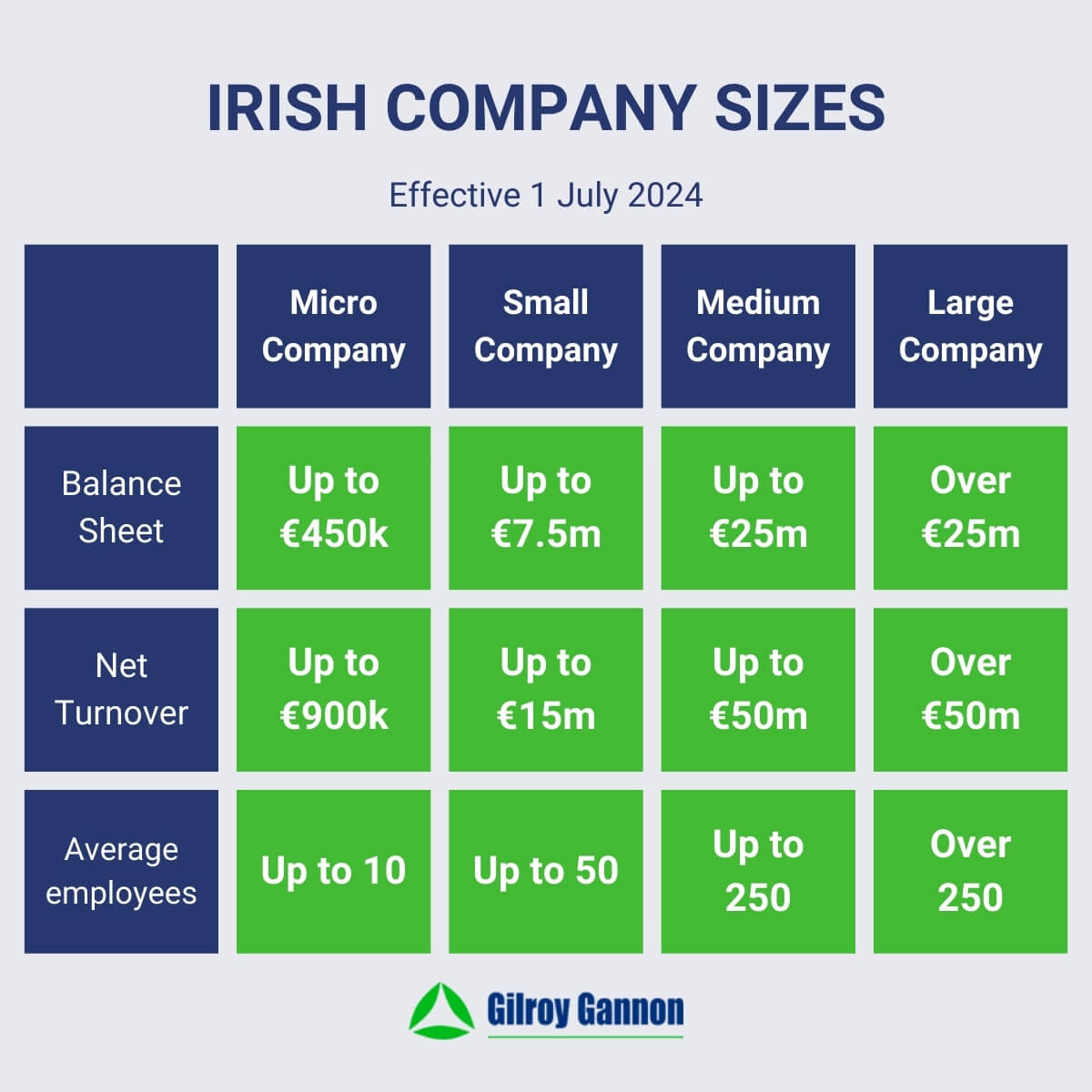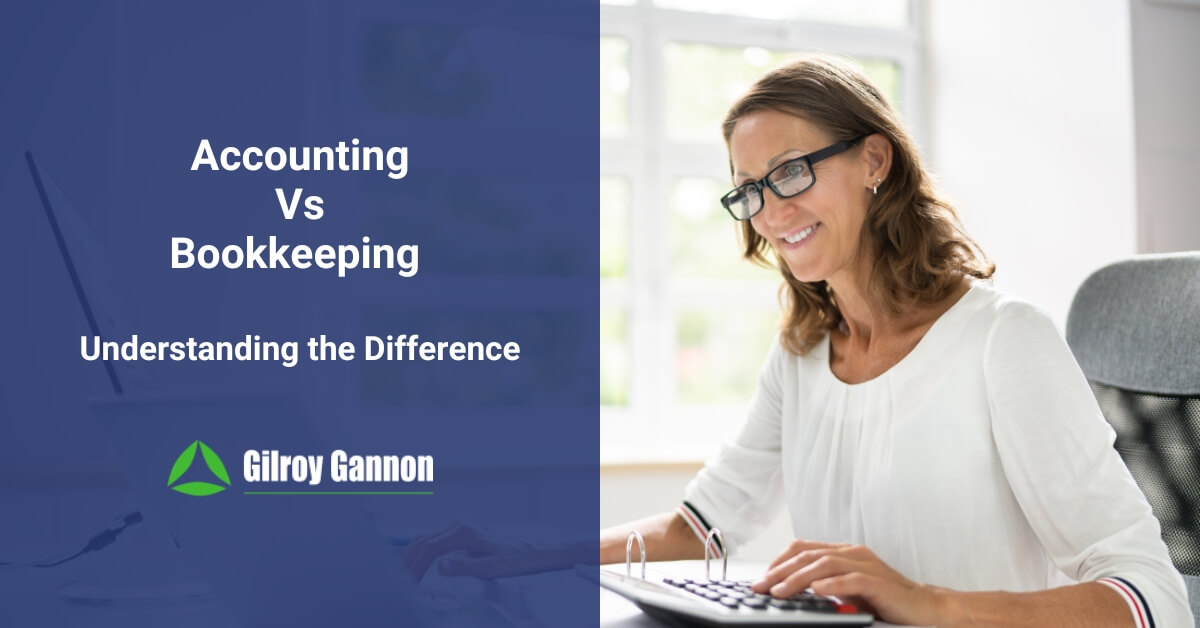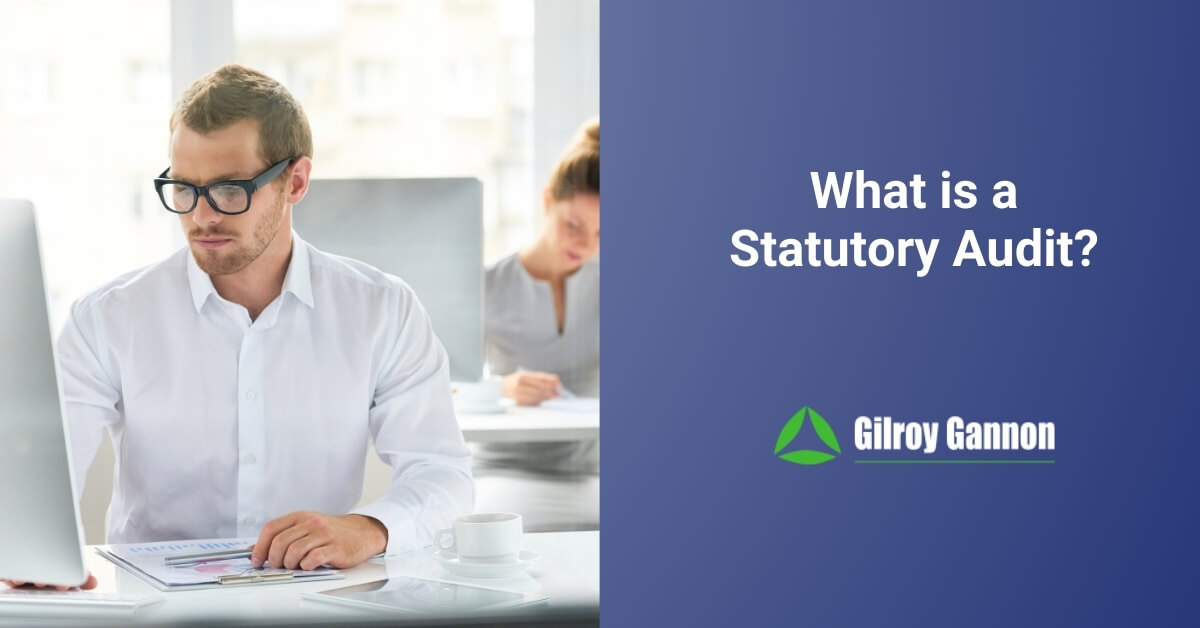Accounting for Small and Medium-Sized Companies – a Guide

If you run a business, it is important to understand the basics of accounting, even if you are outsourcing the key tasks to an accountant. Knowing the basics of accounting will ensure you are better informed of your obligations as well as giving you a more comprehensive understanding of the financial health of your business.
It’s important to say upfront that all businesses are different, so accounting requirements, compliance obligations, and financial recommendations can differ from one business to the next. This guide is a general overview of the key points that apply to almost all small and medium-sized companies.
Key Accounting Tasks for Small and Medium-Sized Companies
Companies in Ireland are categorised as micro, small, medium, or large, with each classification having different reporting requirements and obligations. The larger the business, the stricter the requirements and the more information that has to be provided.

There are also different requirements for some types of business, regardless of size.
Key accounting tasks for small and medium-sized businesses include:
- Recording and reconciling transactions
- Invoicing customers
- Recording expenses receipts and invoices from suppliers
- Managing payroll
- Paying supplier invoices
- Managing cash flow
- Creating financial reports
- Filing tax returns
Important Definitions
- Balance sheet – a summary of the company’s assets and liabilities, as well as the equity of the owners. A balance sheet shows the financial standing of the business.
- Profit and loss statement – sometimes called a P&L, a profit and loss statement is a summary of the company’s income and costs over a set period of time. It shows whether the business made a profit or a loss.
- Cash flow statement – a report that shows the flow of money into and out of the business.
- Bank reconciliation – a process to compare bank statements with your business records to ensure they match.
- Accounts receivable – the money owed to your business. In most cases, this is the value of the invoices you have sent to customers that have not yet been paid.
- Accounts payable – the money your business owes to suppliers. For example, the value of the invoices you have received from suppliers that you have not paid yet.
- Cost of goods sold – the direct costs to manufacture or purchase the products you sell. It includes direct materials and labour as well as manufacturing overheads. It can sometimes also include things like delivery costs and sales commissions if they are a direct cost. Indirect costs such as marketing or business administration costs are not included.
- Depreciation – the decrease in value of assets over their lifespan.
- Amortisation – the decrease in value of intangible assets over their lifespan. Examples of intangible assets are patents, copyrights, and trademarks.
Accounting Tips for Small and Medium-Sized Companies
Accounting Records
It’s important to keep records and record all transactions. This includes invoices (in and out) and expenses. You should record transactions in chronological order and keep your accounting records for at least three years. This includes invoices, bank statements, and expense receipts.
Accrual vs Cash-Basis Accounting
It is important to understand the difference between accrual-based accounting and cash-basis accounting.
- Accrual basis accounting – in accrual basis accounting, revenue and expenses are recorded when they occur. So, if work for a client is conducted in March, it is recorded as revenue in March even though the client might not pay until April or May.
- Cash-basis accounting – in cash basis accounting, revenue and expenses are recorded when payments are made and received. In the above example, while the work was conducted in March, it is not recorded as revenue until the client pays the invoice.
Accrual basis accounting is more common for Irish businesses.
Compliance
Companies must file an annual corporation tax return with the Revenue. This must include financial statements, and the return has to be filed within nine months of the end of your financial year. The corporation tax rate in Ireland is 12.5 percent on profits.
You must register for VAT once your annual turnover exceeds thresholds set by the Government. As of 1 January 2025, the thresholds for VAT registration are €85,000 for goods or €42,500 for services.
The standard VAT rate in Ireland is 23 percent. This rate applies in the majority of situations although there are two other rates that apply depending on the service or product. The reduced rate of VAT is 13.5 percent, and the second reduced rate of VAT is 9 percent. Details of the products and services that the reduced rates apply to can be found on the Revenue’s website.
In addition, if you employ staff, you must register for PAYE and pay payroll taxes.
It is also important to file reports and pay your taxes on time.
General
- Stay on top of late payments, not least because cash flow management is critical for small and medium-sized businesses. It is also less of an administrative headache if your invoices are paid on time.
- Use accounting software to save time and help keep your accounts in order. Common accounting platforms include Xero, Sage, and QuickBooks.
- Make sure personal and business finances are kept completely separate.
- Choose the right accountant, especially if you are in a growth phase or have ambitious growth plans for your business.
Supporting Your Business at Gilroy Gannon
We work with small and medium-sized businesses in a range of industries at Gilroy Gannon, so we have extensive experience. We also offer a broad range of services to meet all your accounting needs, with flexible and adaptable solutions. Get in touch with us today to arrange a consultation.
Latest Blog
Check out our blog and you will get the latest news, events, and financial tips from Gilroy Gannon.








